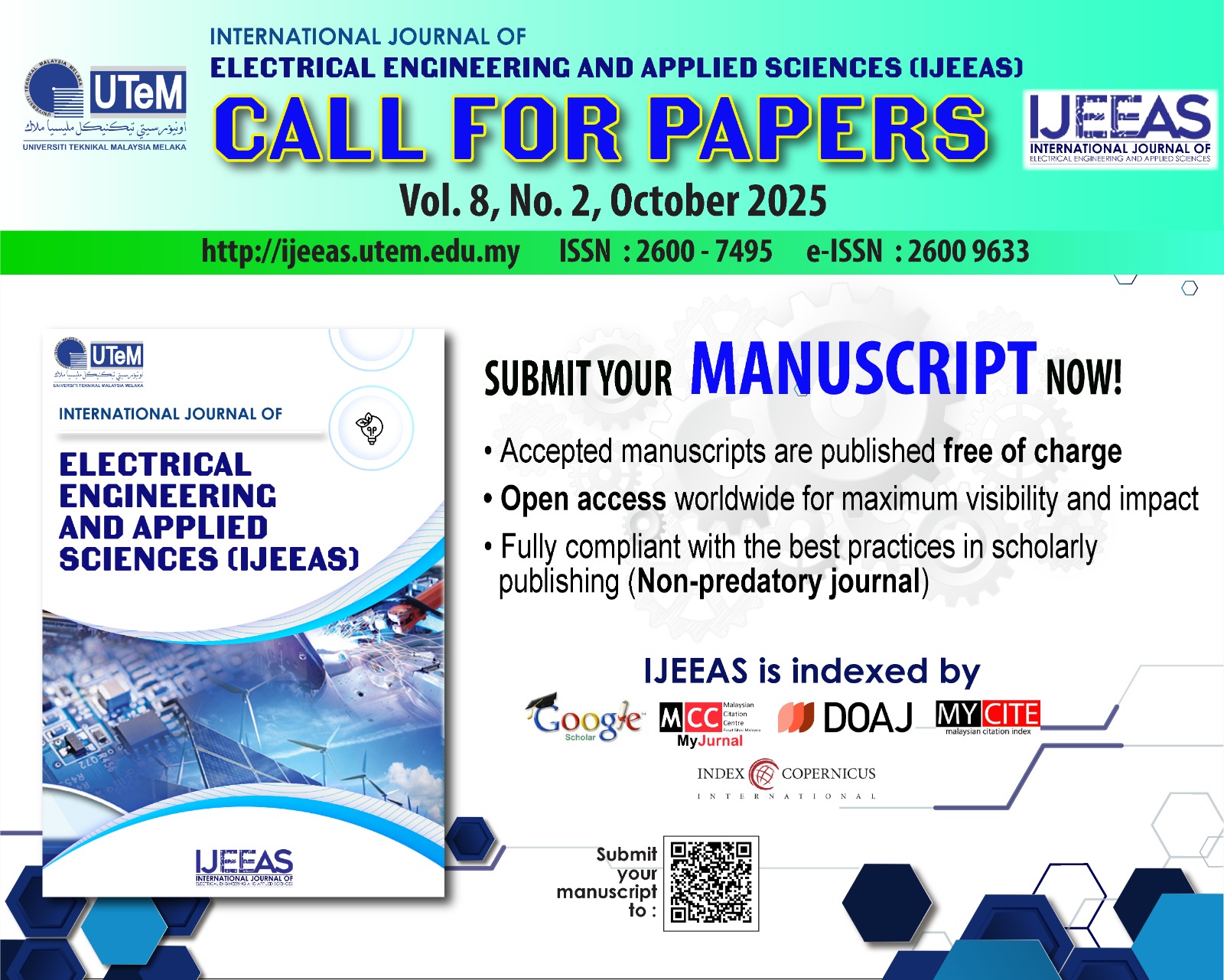Understanding the Discharge Characteristics of Lithium Iron Phosphate and Lithium Cobalt Oxide Cathode Materials
DOI:
https://doi.org/10.54554/ijeeas.2024.7.02.007Abstract
This paper focuses on the discharge characteristics of two cathode materials, namely Lithium Iron Phosphate (LiFePO4) and Lithium Cobalt Oxide (LiCoO2). The two cathode materials have different discharge characteristics and maximum concentrations. A mathematical model of lithium ion battery (LIB) for half-cell cathode based on drift-diffusion model is used to model the practical operations of LIB. This model takes into account the electrolyte equation and lithium transport equation in the electrode particles and is solved numerically using the Method of Line technique. The simulated discharge curves for both cathode materials have been verified with experimental data. The results show that LiCoO2 has an advantage of high maximum concentration, but the discharge drops with changes in the amount of lithium inserted. Meanwhile, LiFePO4 has the characteristic of a flat discharge curve which gives almost the same power with changes of the inserted lithium until the cell is entirely discharged. The main factor that limits the discharge as the discharge current increases is the Lithium ion depletion region and the saturated of Lithium in the electrode.
Downloads
Downloads
Published
How to Cite
Issue
Section
License
Authors who publish with this journal agree to the following terms:
- Authors retain copyright and grant the journal right of first publication with the work simultaneously licensed under a Creative Commons Attribution License that allows others to share the work with an acknowledgement of the work's authorship and initial publication in this journal.
- Authors are able to enter into separate, additional contractual arrangements for the non-exclusive distribution of the journal's published version of the work (e.g., post it to an institutional repository or publish it in a book), with an acknowledgement of its initial publication in this journal.
- Authors are permitted and encouraged to post their work online (e.g., in institutional repositories or on their website) prior to and during the submission process, as it can lead to productive exchanges, as well as earlier and greater citation of published work (See The Effect of Open Access).







